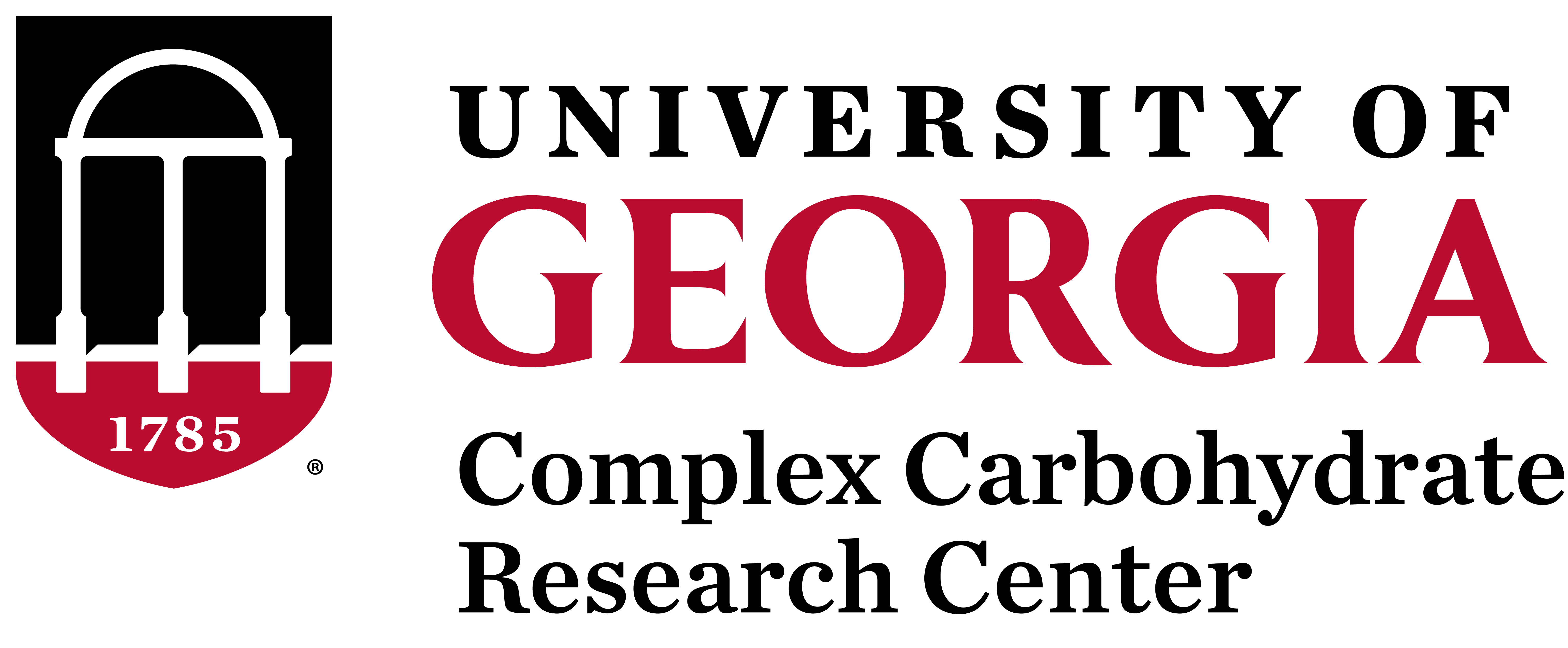Robert J Woods


Short Biography:
Dr. Woods received both his B.Sc.(Honors) in engineering chemistry in 1985 and his Ph.D. in 1990 in computational and synthetic organic chemistry from Queen’s University in Kingston, Ontario, Canada. He joined the CCRC in January 1995. Dr. Woods is a senior investigator on a technological research and development project of the National Institutes of Health Resource Center for Biomedical Complex Carbohydrates. He has been invited to write an entry on carbohydrate force fields for the Encyclopedia of Computational Chemistry. He is a member of UGA’s Campus Information Technology Forum and the UGA Modeling Laboratory Operations Committee, and has made recent presentations at the International Carbohydrate Symposium, the Gordon Research Conferences, and the National Research Council of Canada. Full publications: 33.
Research Interests:
Dr. Woods’s research examines the relationships between the conformations of carbohydrate molecules and biological recognition and activity, particularly the mechanisms involved in carbohydrate recognition in immunological events. Significant alterations in the biological activities of peptides and proteins often accompany the covalent attachment of an oligosaccharide (glycosylation) to one or more of their amino acid residues. Approximately 60% of all mammalian proteins are glycosylated, and the glycoproteins that are generated by glycosylation are also frequently found attached to the cell surfaces of bacteria, fungi, and parasites.
But the roles of oligosaccharide moieties are extremely diverse. In mucins, for example, the carbohydrate component of a glycoprotein may be present in a largely structural capacity, whereas in human chorionic gonadotropin or tissue plasminogen activator it alters the functioning of the protein. The carbohydrate component may also be the part of the glycoprotein recognized by the immune system, directly affecting antibody-antigen interactions, self- and non-self-recognition, and auto-immune disorders. Recognition by the host’s immune system of the carbohydrate portion of the glycoproteins of these pathogenic microorganisms is essential for an immune response to be generated by the host. Moreover, an understanding of the factors that enable antibodies to distinguish among glycoproteins is essential to the rational development of vaccines. Elucidating the conformational properties of glycoproteins and their carbohydrate components is key to this understanding. Dr. Woods’s investigations seek to define the conformational properties of the free oligosaccharides of such glycoproteins, the effect of attachment of the oligosaccharide to the protein, and the mechanisms of non-covalent oligosaccharide-protein interactions.
Traditional experimental techniques that have been successfully applied to proteins have not been able to determine conclusively the conformational properties of glycoproteins. The conformation of an oligosaccharide in aqueous solution is determined by interactions (both steric and electronic and between both attached and nonbonded atoms) between the sugar residues and between these residues and solvent molecules. All these interatomic interactions must be adequately described in order to arrive at an accurate prediction of an oligosaccharide’s conformational preferences. Moreover, the structure may need to be described as an ensemble of conformations rather than as a single conformation, accounting for both spatial and temporal properties of the oligosaccharide. Mathematically, such a description can be obtained by applying a molecular mechanical force field in molecular dynamics (MD) simulations, a standard technique in the analysis of protein and oligonucleotide structures.
Dr. Woods’s group utilizes, in conjunction with experimental methods (e.g., 2D 1H-NMR spectroscopy), the computational techniques of molecular dynamics (MD) and free energy perturbation simulations to elucidate the conformational properties of oligosaccharides. Simulations are in no way constrained to reproduce the experimental data. The computational simulations use the all-atom AMBER force field for proteins and nucleic acids and a novel set of parameters developed by Dr. Woods’s group for use with carbohydrates, GLYCAM. The GLYCAM parameters make it possible to probe the interatomic interactions responsible for oligosaccharide and glycoprotein dynamics and compare these directly with experimental NMR data that are often consistent with numerous possible conformations. These parameters are currently suitable for all biologically relevant N- and O-linkages in oligo- and polysaccharides and glycoproteins.
Current research projects using these techniques include examinations of bacterial antigen-antibody interactions, as well as carbohydrate-lectin interactions. Carbohydrate antigens associated with Salmonella paratyphi B and group B Streptococcus are being studied to understand the energetic contributions hydrophobic and hydrophilic interactions make to antibody binding energy. More applied aspects of the research include the screening of synthetic combinatorial peptide libraries for peptides that bind to carbohydrate receptor proteins (antibodies and lectins) and their subsequent co-crystallization with the receptor. Peptides are characteristically more antigenic than carbohydrates, and the Woods laboratory’s interest in carbohydrate mimics is driven by a desire to produce non-carbohydrate molecules that can either act as anti-bacterial vaccines or inhibit auto-immune reactions.
Dr. Woods’s research is supported by the National Institutes of Health and the National Science Foundation.
